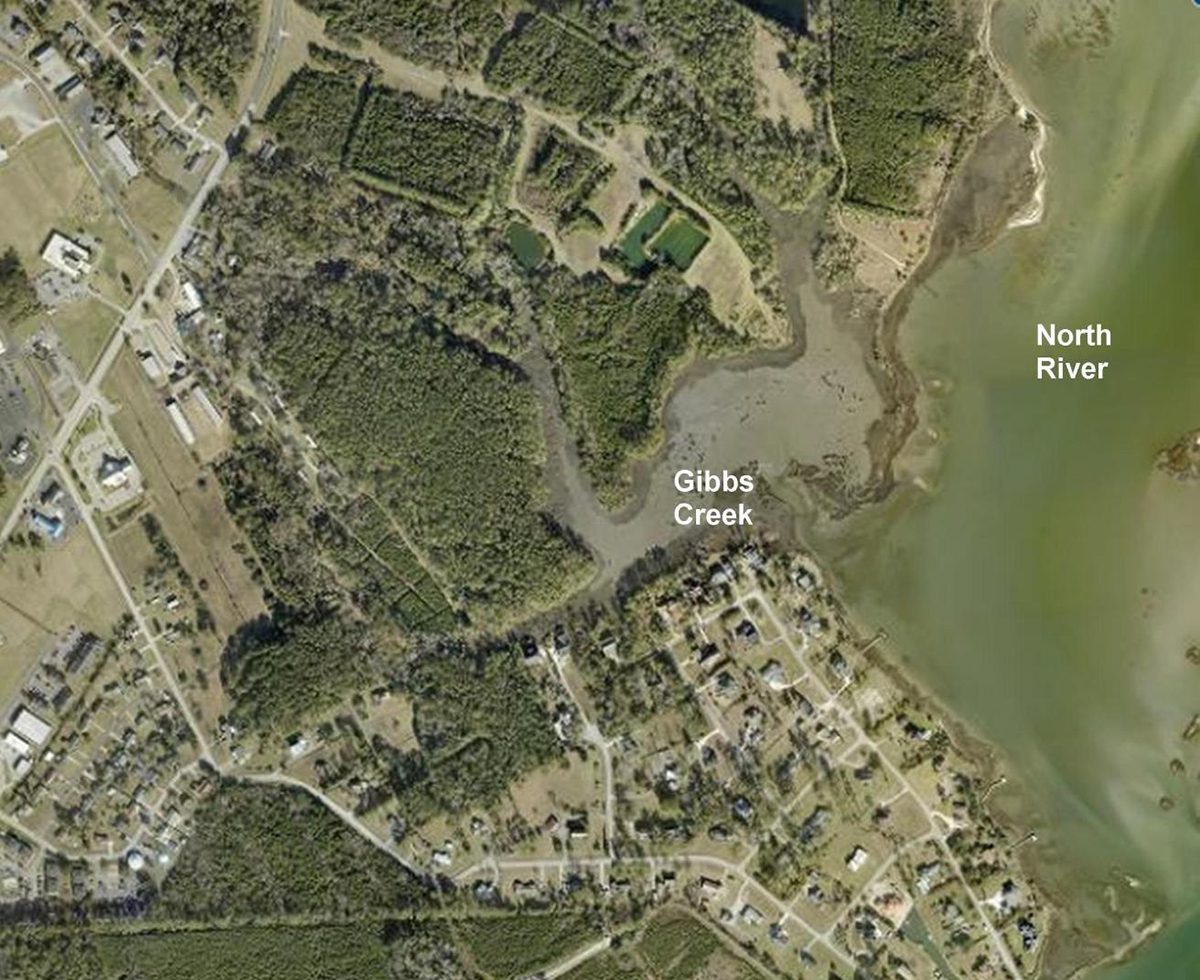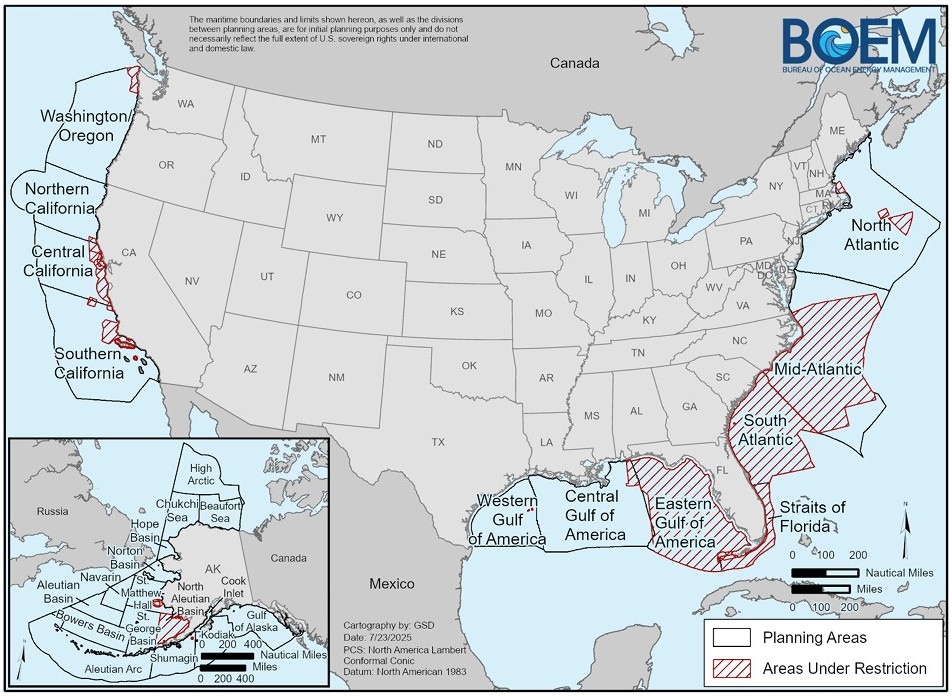
Updated Friday morning to include new information on the proposed single-use family subdivision.
NEW BERN – In a unanimous vote, the Coastal Resources Commission decided Thursday not to endorse a nomination from the public to expand protective environmental buffers around a sensitive Beaufort watershed.
Supporter Spotlight
The denial came during the commission’s meeting at the Riverfront Convention Center.
Staff with the Division of Coastal Management, which implements commission rules, had recommended that the nomination not move forward.
The Beaufort Citizens Alliance had on March 13 submitted to the division its nomination to designate the Gibbs Creek watershed as a coastal complex natural area of environmental concern, or AEC, under the category of fragile natural or cultural resource AEC.
The alliance argued that Gibbs Creek, as the last remaining mostly undeveloped tributary tidal creek watershed in Beaufort’s jurisdiction, warranted the protection.
In addition to the fragile natural or cultural resources area, the commission designates estuarine and ocean system, ocean hazard area, and public water supplies as areas of environmental concern. Of the four AECs, natural or cultural resource areas are the only type that allows for public nomination.
Supporter Spotlight
The division is required within 60 days of a nomination being submitted to hold a public meeting with petitioners, landowners, the local government and commission members. The meeting was May 8 in Morehead City.
Next in the process was to present the preliminary evaluation to the Coastal Resources Commission for endorsement, which took place Thursday.
With the commission’s vote against endorsing the nomination, the process is over.
Staff noted in the preliminary report that there are existing protections for the site under the North Carolina Dredge and Fill Act, Coastal Area Management Act, Coastal Resources Commission rules, and “other state and federal regulations that would apply to any future development of the site.”
The alliance had maintained that the existing 75-foot AEC buffer was “insufficient for protecting the natural functions of the tidal creek watershed.”
It said that Gibbs Creek meets the definition and criteria for Outstanding Resource Waters, and the same regulations should be applied, including the 575-foot buffer from normal high water. Outstanding Resource Waters are determined by the Environmental Management Commission.
Additionally, the alliance had asked for 100-foot undisturbed vegetative setbacks to federally managed waters. The preliminary evaluation notes that the Division of Water Resources implements vegetative setback rules determined by the Environmental Management Commission on the state level and Army Corps of Engineers on the federal, not Division of Coastal Management.
Division staff said the nomination did not include the entire watershed area that drains into Gibbs Creek, only the four parcels initially proposed for development of a single-family subdivision. They said that the properties had not “remained essentially unchanged by human activity.” They have historically been used for farming, and currently are being used for business and residential purposes that may have impacted the area.
Division staff had not determined whether the required standards of “more than local significance” or that the natural features “distinguish the area designated from the vast majority of coastal landscape” had been met because the site characteristics are common to tidal creek systems along the coast.
And, staff said, the commission and staff did not have the authority or expertise to consider requests to reclassify waters that are officially designated under the federal Clean Water Act.
Staff explained that for Gibbs Creek to be reclassified as Outstanding Resource Waters, the petitioner needs to submit a separate petition to the Environmental Management Commission.
Coastal Review learned Friday morning that the stormwater permit application for the first phase of Salt Wynd Preserve, the proposed development for the four parcels of land on Gibbs Creek, was returned to the applicant June 6 as incomplete, according to a North Carolina Department of Environmental Quality representative.
This is not the first hurdle for the proposed development.
Because approvals for both the preliminary plat and final plat have expired with the town, the developer, Beaufort Agrihood, will have to reapply for approvals.
Beaufort town manager Todd Clark said during the May 8 meeting that the property has not been annexed because the annexation was predicated on the sale of the property to Beaufort Agrihood Development, and that sale has not been recorded.







